This 100-Year-Old Masterpiece Was Hidden In Plain Sight
Step into the time machine as we take you on a journey to the past through art. Imagine wandering through an art museum, minding your own business, and stumbling upon a masterpiece from 1904. But not just any masterpiece, one that holds a hidden secret and historical significance, a discovery so unexpected that it shook the art world to its core.
That’s exactly what happened to one man in an Australian art museum. Ready to find out more about this fascinating discovery? Keep reading through this article to learn the full story behind this rare find.
Hidden In Plain Sight At The National Gallery Of Victoria

A man decided to walk around the National Gallery of Victoria in Melbourne, Australia with only a flashlight.
He started examining all of the famous works of art, but something stopped him in his path. As he shone his flashlight at a 1904 painting, he knew there was something he hadn’t noticed before.
Michael Varcoe-Cocks Is An Art Expert
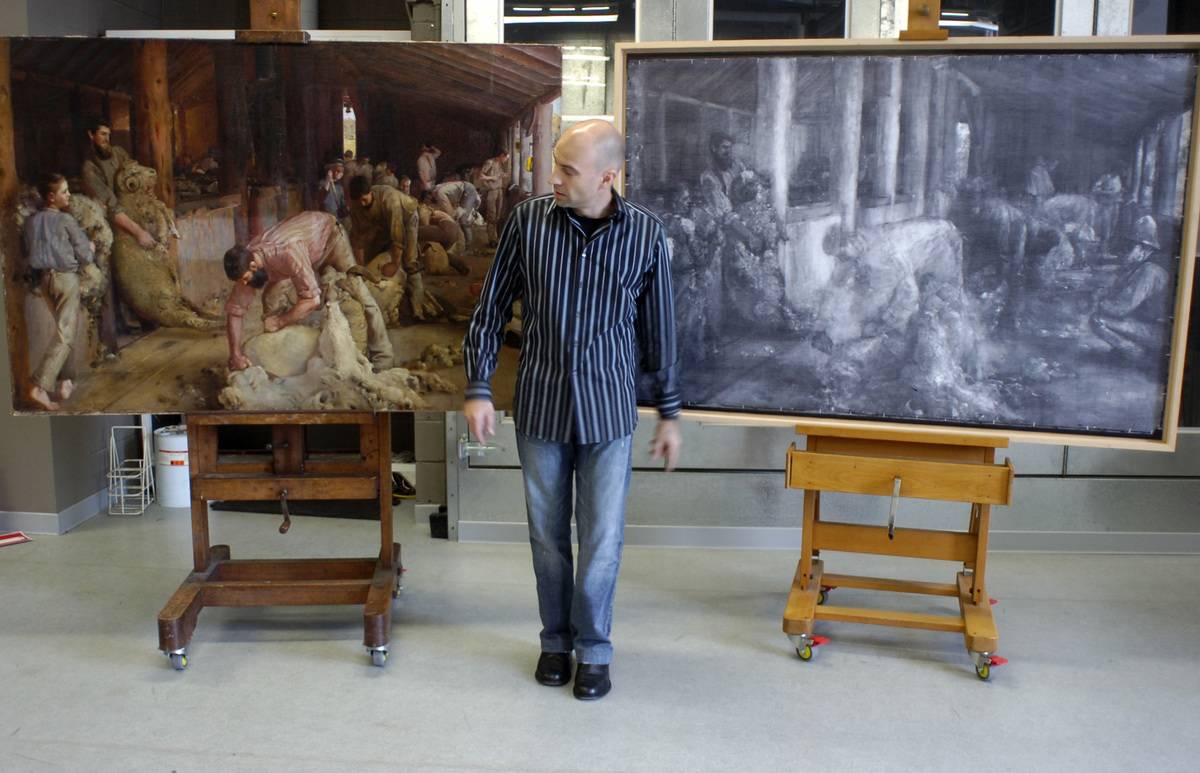
The man was Michael Varcoe-Cocks, who works in the museum as the head of conservation.
He’s an expert in the art of the latter part of the 19th century and early 20th century.
The Pioneer Was An Australian Masterpiece
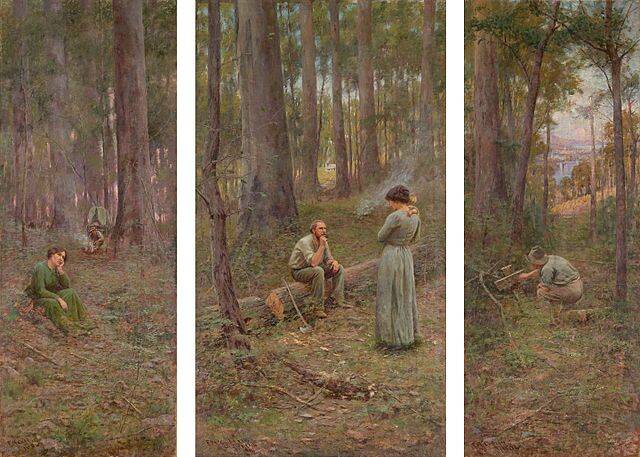
As Varcoe-Cocks got closer to the painting, he realized it was called The Pioneer. The Pioneer was painted by Australian artist Frederick McCubbin over 100 years ago.
This work of art is considered to be a masterpiece in Australia and was something Varcoe-Cocks had seen many times before. Viewing it with a flashlight changed things.
He Viewed The Painting With A Flashlight To Get A New Perspective

The Pioneer was a piece that Varcoe-Cocks knew well, but viewing it with the flashlight helped him to get a new perspective.
The flashlight showed him more details that had been tucked away. These details most likely wouldn’t have shown up with just the lights in the museum. It was time to look for answers.
Frederick McCubbin Had A Fascinating Life
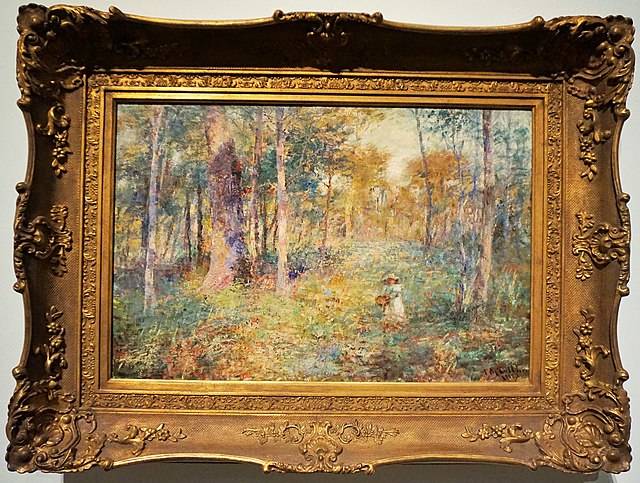
In order to start his exploration into The Pioneer, Varcoe-Cocks had to look more into the life of artist Frederick McCubbin.
McCubbin worked odd jobs as a young man, such as being a baker and attorney’s clerk, before he got the chance to study art. After art school, he started to make a name for himself.
McCubbin Was An Award-Winning Painter
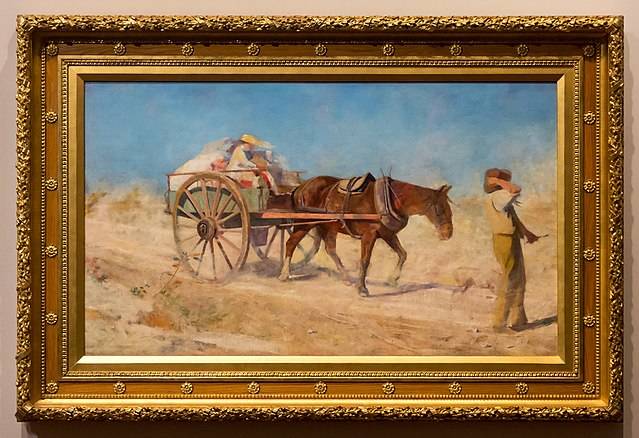
By the time McCubbin was 25, he sold his first piece of art and solidified his career as an artist. He won several awards for his work, which helped him make a name for himself.
Most of his paintings included depictions of the Australian bush, which were the wooded areas of the country.
Where He Got His Inspiration
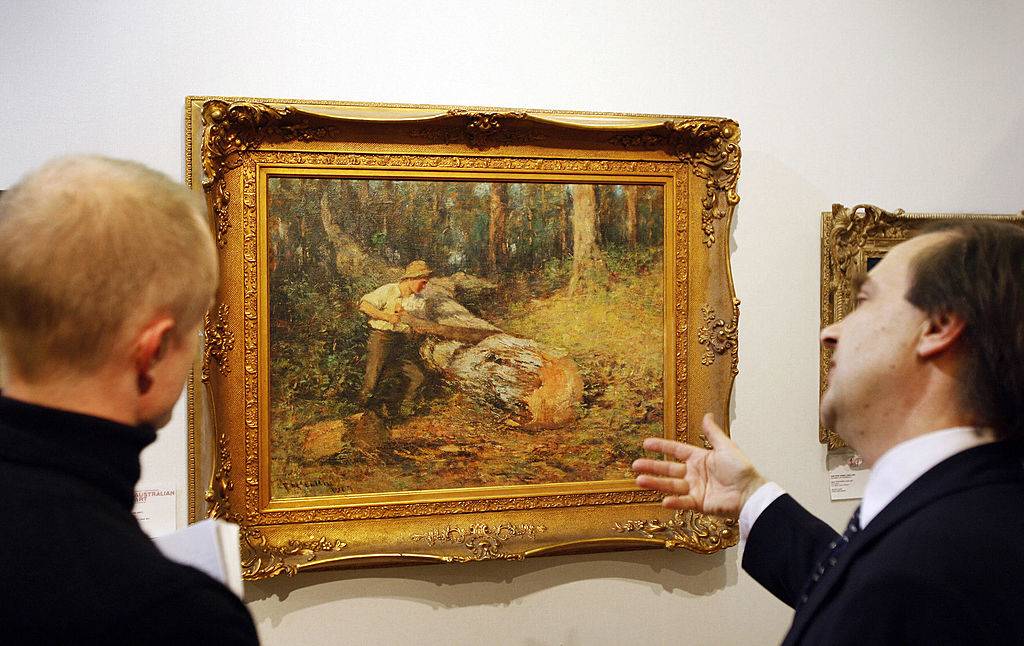
At the turn of the 20th century, McCubbin moved to Mount Macedon near Melbourne to live in the Australian bush.
The area inspired many of his paintings where he used the colors of the wilderness around him. He was also part of the “plein air” painting movement where artists used the bush as their version of Impressionism.
What Was Australian Impressionism?
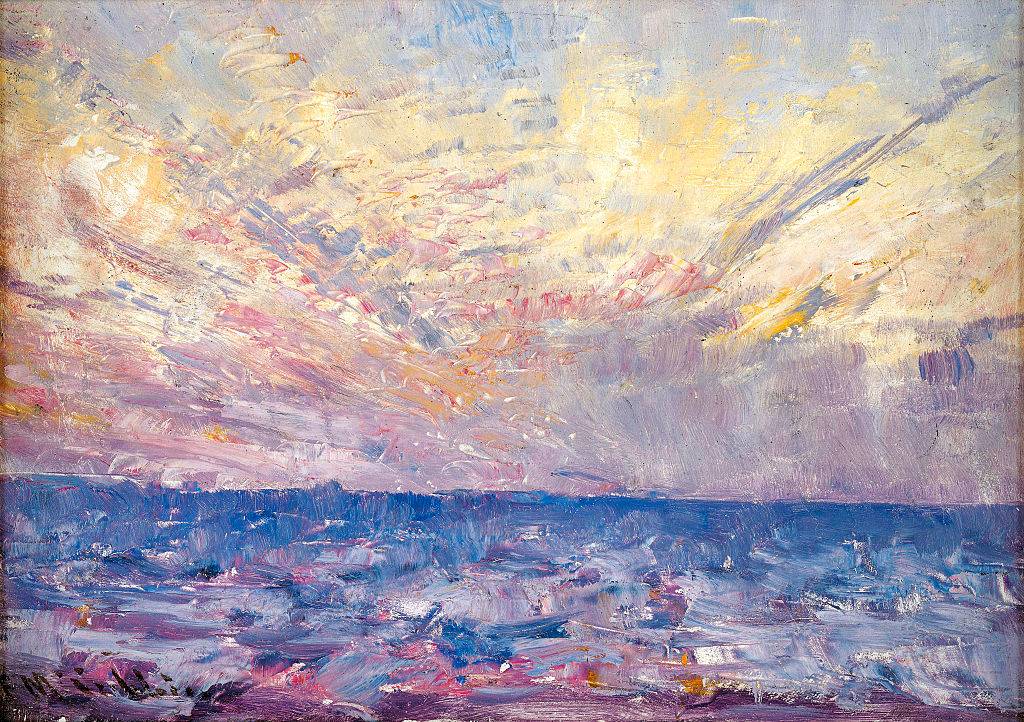
Many of the things that McCubbin and other artists from the Plein air movement focused on included colors and tones that were native to the Australian bush.
These were things such as the sand, barren, dry soil, forests, and eucalyptus trees. This time period showed a shift in Australia’s sociopolitical structure, which was featured in the movement as well.
McCubbin Paints The Pioneer
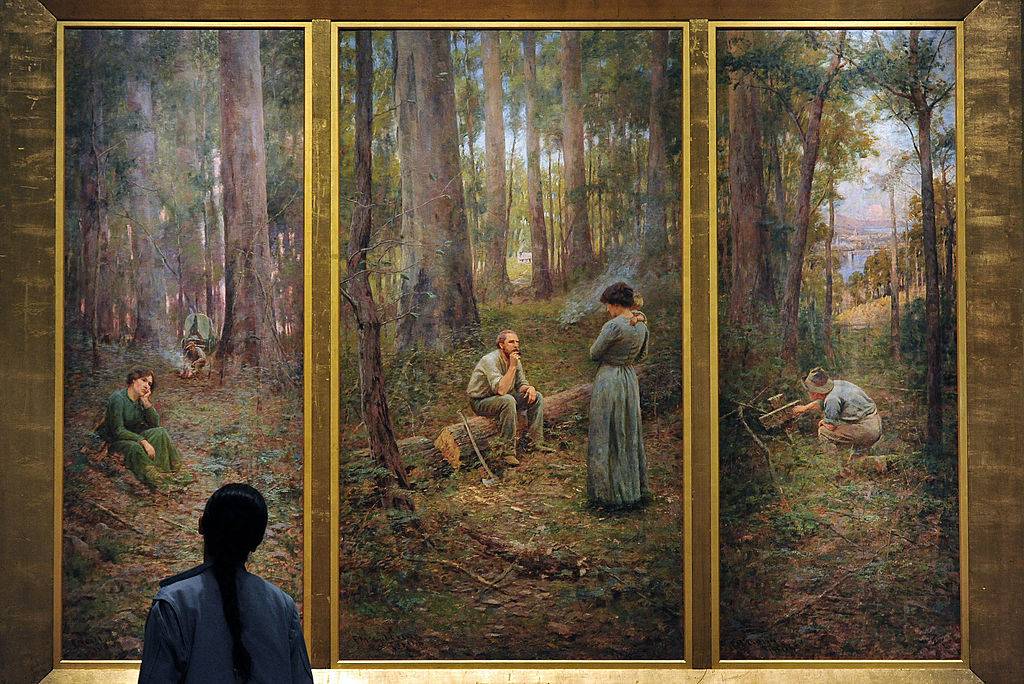
Anyone familiar with Australian art history can easily tell that McCubbin’s The Pioneer was inspired by Mount Macedon and the Australian bush.
The painting shows a family of early settlers through different panels. What many art enthusiasts found groundbreaking about this painting was that the people in the painting look as though they were photographed.
The Left Panel
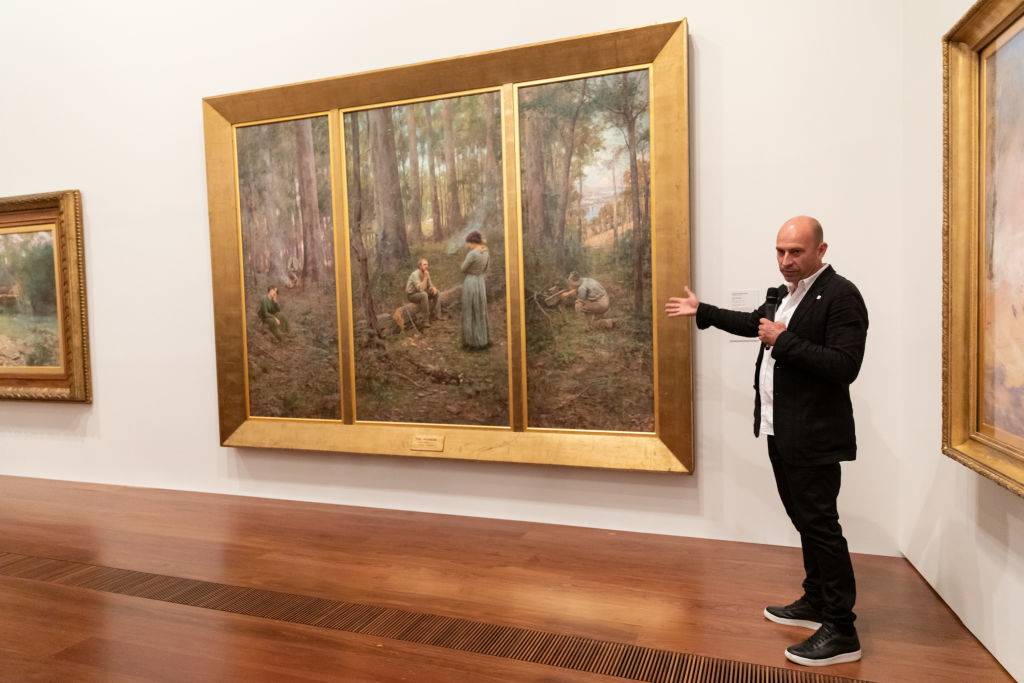
The painting was made to look like a storybook with panels going from left to right. The first panel on the left depicted a husband and wife who just arrived in the Australian bush.
This panel likely took place around the 1860s when settlers were allowed to take land in the colonies. The colors featured in this panel are muted with fall and earth tones.
The Wife In The Left Panel
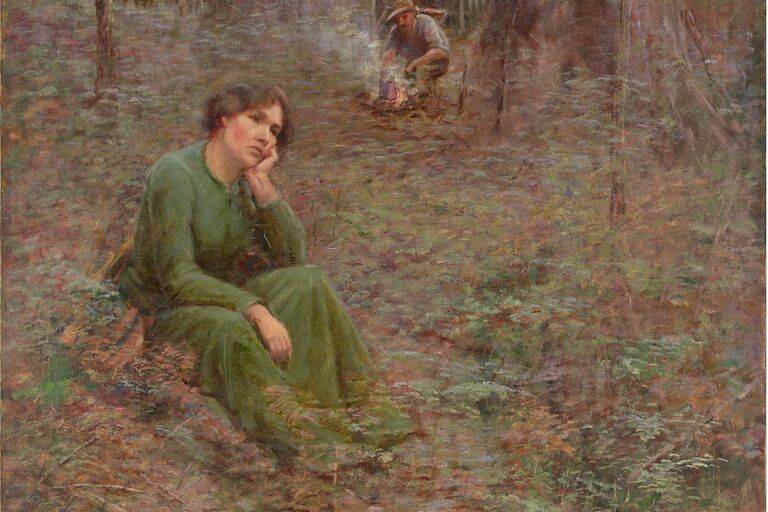
While the husband is pictured in the background making fire, the focus is actually on the wife in the foreground.
Her expression makes it very clear that she has other things on her mind that are making her either tired or stressed about this new adventure. While the husband looks lovingly at his wife, she stares blankly in the distance.
Focusing On The Middle Panel

As the eye moves over to the middle panel, it’s clear that some time has passed between the husband and wife. They are now shown with an infant.
The husband and wife stare at each other as he rests after cutting down a log. Also, their home is barely visible in the background.
Moving Over To The Right Panel
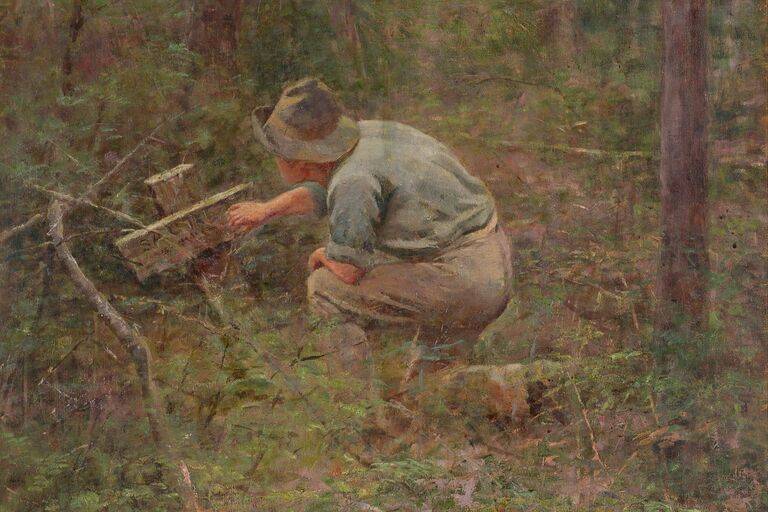
The right panel ends this three-part story that has now dramatically sped up in time. A man is seen kneeling at a grave, which is most likely the infant from the second panel at the grave of his parents.
There is now more space in between the trees and a city that looks similar to Melbourne is visible.
The Pioneer Wasn’t A Hit When It Was Released
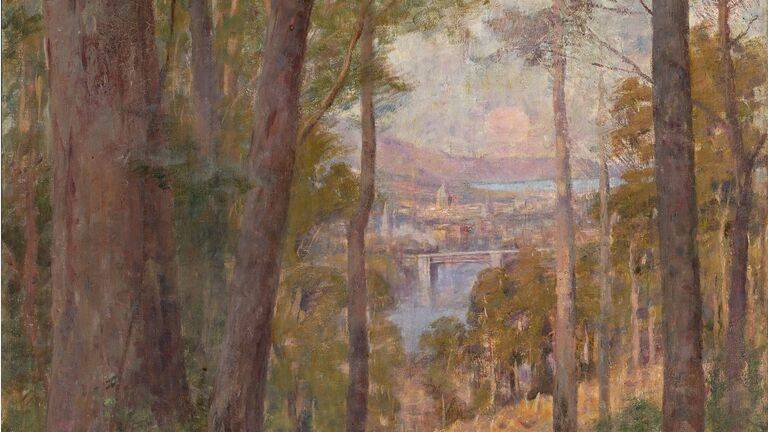
While The Pioneer is considered to be one of the greatest paintings in Australian history, it wasn’t seen as so when it first came out.
After the right panel was altered to have a city that looked like Melbourne, it started to become more popular. The Pioneer was seen as an homage to the pioneers who arrived in the bush and helped build the cities that are there today.
McCubbin Didn’t Glamorize Pioneers
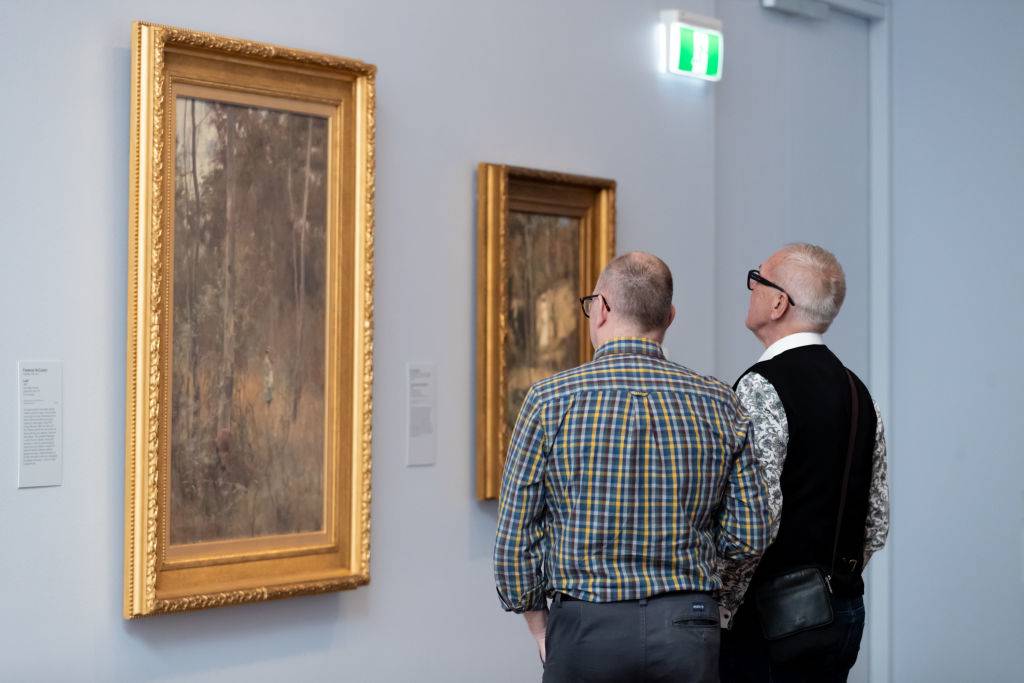
Something that set The Pioneer apart from other works from the plein air movement was that it didn’t glamorize pioneer life.
The left panel clearly showed that the wife was unhappy about what was going on, but the right panel gave people some hope as the son was most likely about to leave the wilderness to live in the city.
Varcoe-Cocks Makes A Connection
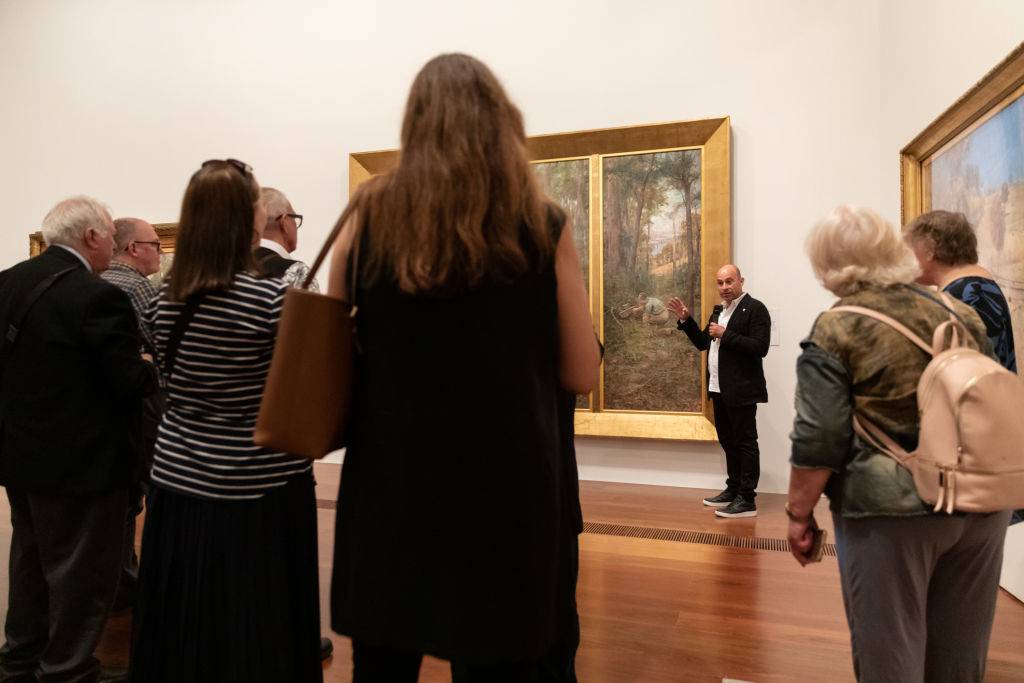
There’s no doubt that The Pioneer and McCubbin will be remembered in the art world, but Varcoe-Cocks was ready to delve in deeper.
As he brought the flashlight closer to the painting, he noticed there was a new figure behind the paint. He realized this was something McCubbin was trying to hide.
In His Own Words
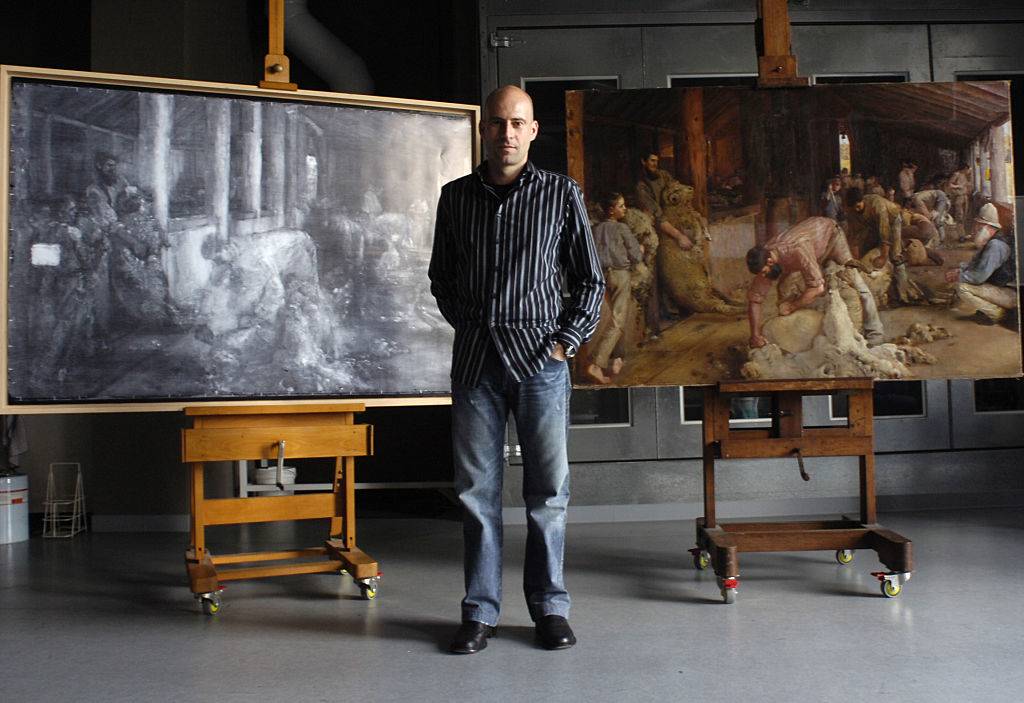
No one was going to the museum during the fall of 2020, so Varcoe-Cocks had extra time on his hands.
“I was doing the rounds during lockdown, walking around with a [flashlight] checking all of the paintings. [Then] I came past the very famous The Pioneer,” said Varcoe-Cocks via 7news.. He was ready to share his findings with the world.
How Did He Notice The Figure?
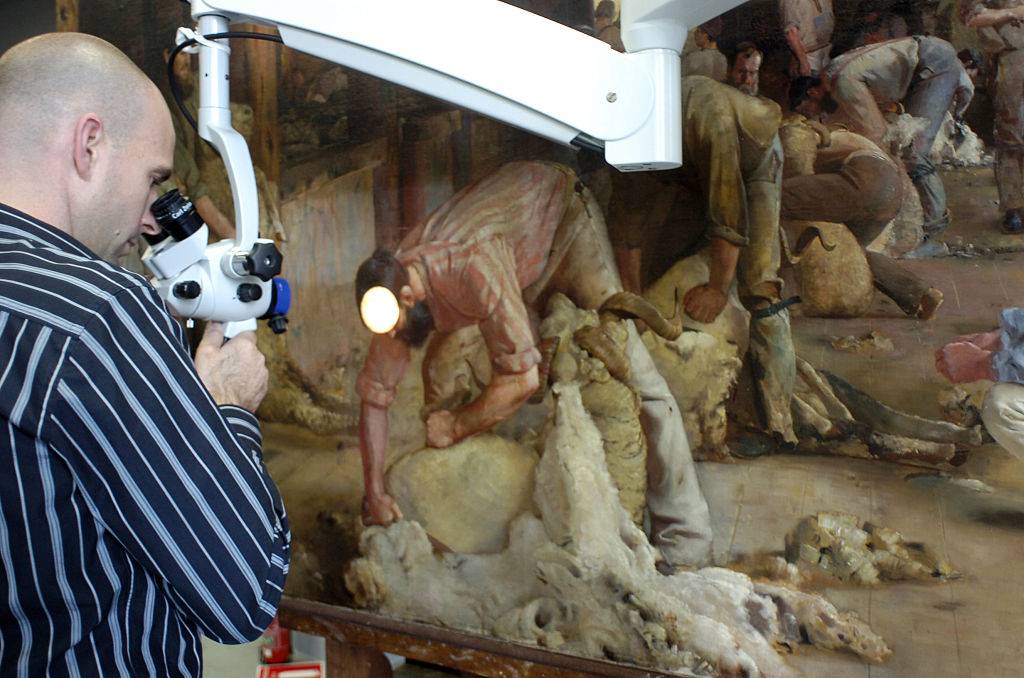
Varcoe-Cocks knew that the figure wasn’t part of The Pioneer because there was “a form in the texture that didn’t relate to that final composition.”
He needed to look more intensely at the painting, so he got out some X-rays of it that had been made in 2013. There was now a visible outline of the figure.
Expert Analysis Of The Artwork
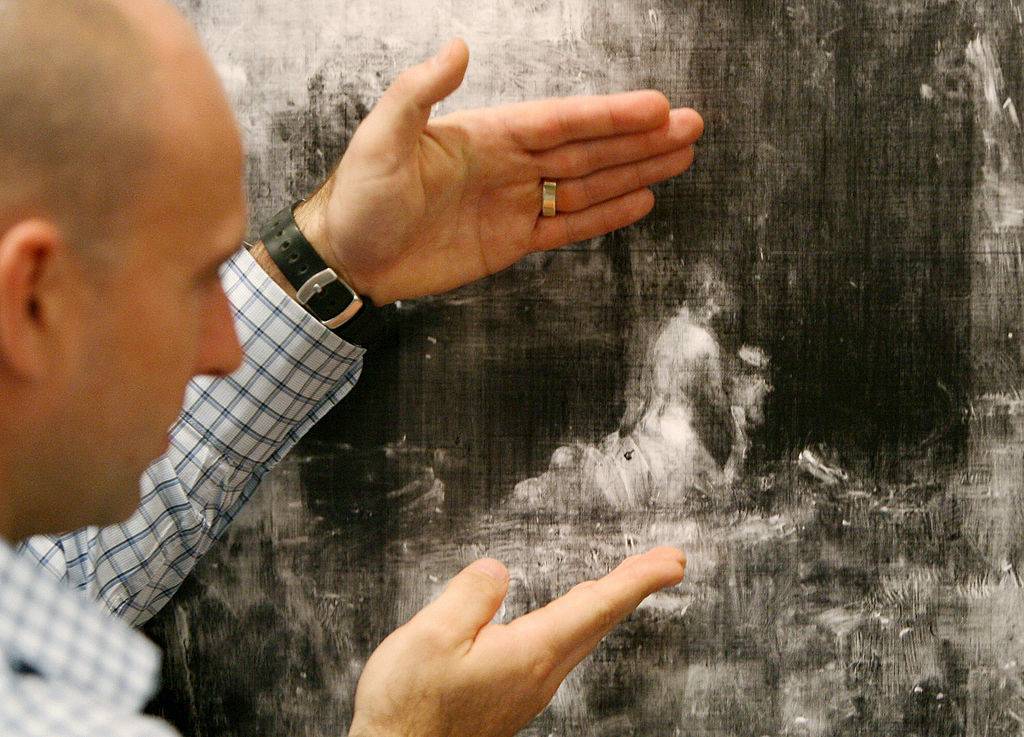
After spotting the figure in the X-rays, Varcoe-Cocks looked at a scrapbook owned by McCubbin. There was a painting inside called Found that featured a bushman with a child.
Varcoe-Cocks realized he had seen the same figure in The Pioneer. “I could see this big form of a bushman holding a little child, a limp figure, who has just been found in the bush,” said Varcoe-Cocks.
Why Nobody Had Seen Found
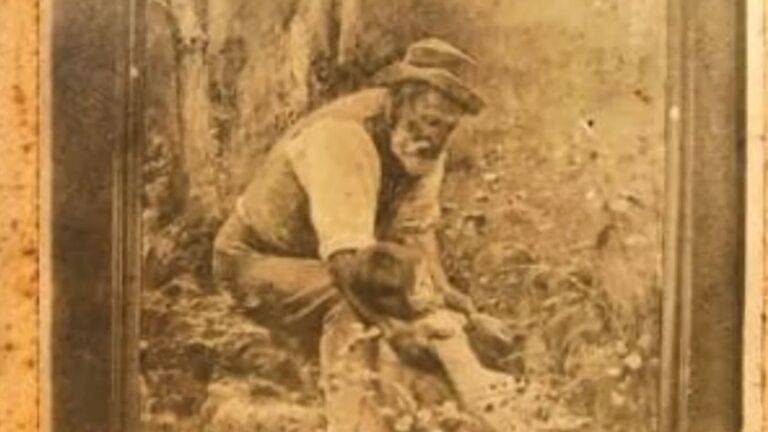
After making this realization, he now had answers as to why Found had been lost. Varcoe-Cocks digitally overlaid the figure to the spot on The Pioneer and it was a perfect match.
He had just solved one of the biggest mysteries in art history, but it was a bittersweet revelation.
Found Can Never Actually Be Found
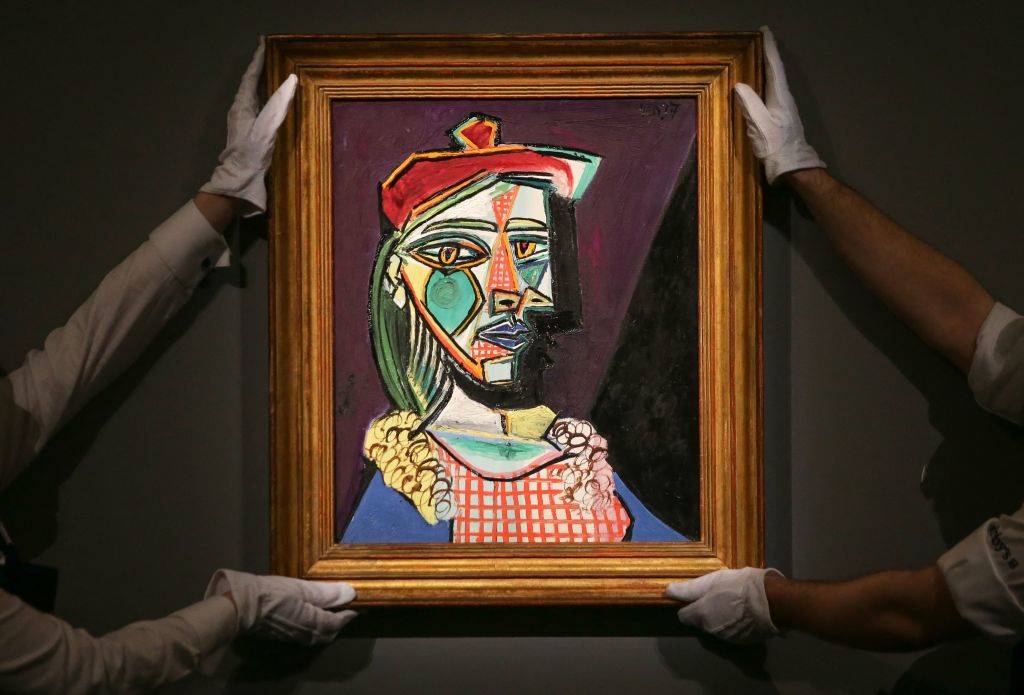
While Varcoe-Cocks knew that Found was now out there, there wasn’t a way for it to be recovered. McCubbin painted The Pioneer on top of it.
Oil painters ended up doing this a lot because buying fresh canvases was expensive. Even famous artists such as Pablo Picasso did the same thing.
This Wasn’t The Only Occurrence
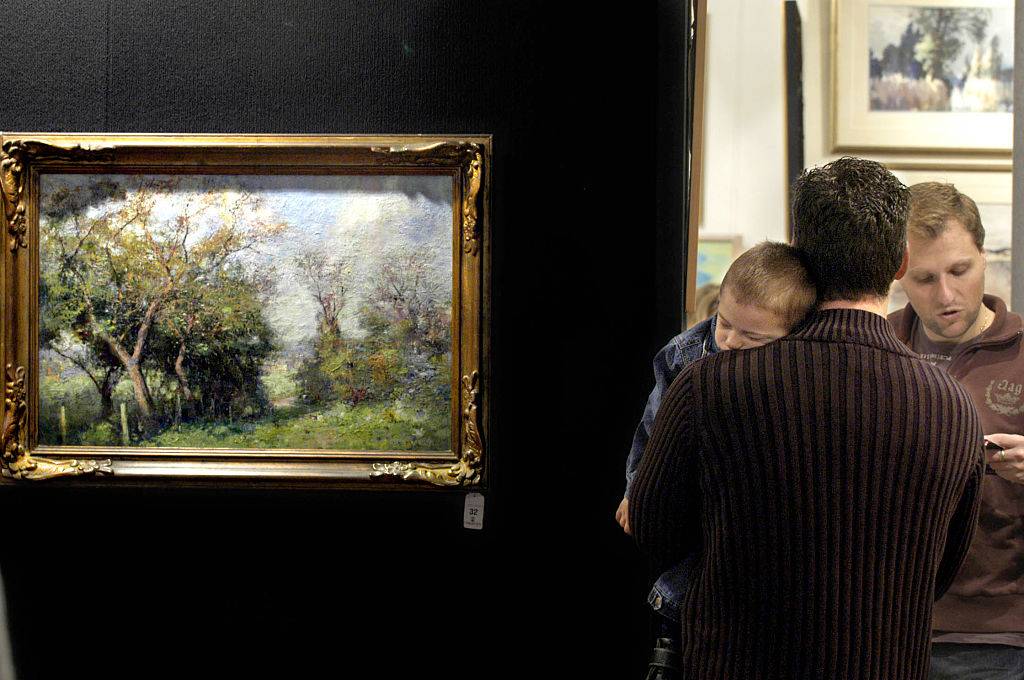
McCubbin would regularly layer his oil paintings as part of his process. This allowed him to add or eliminate every detail until he felt that a piece was complete.
This process is called pentimenti, which translates to “remnants of earlier paintings.” Varcoe-Cocks just felt lucky that he was able to catch on to something that wasn’t well-known about McCubbin.
Detecting Pentimenti
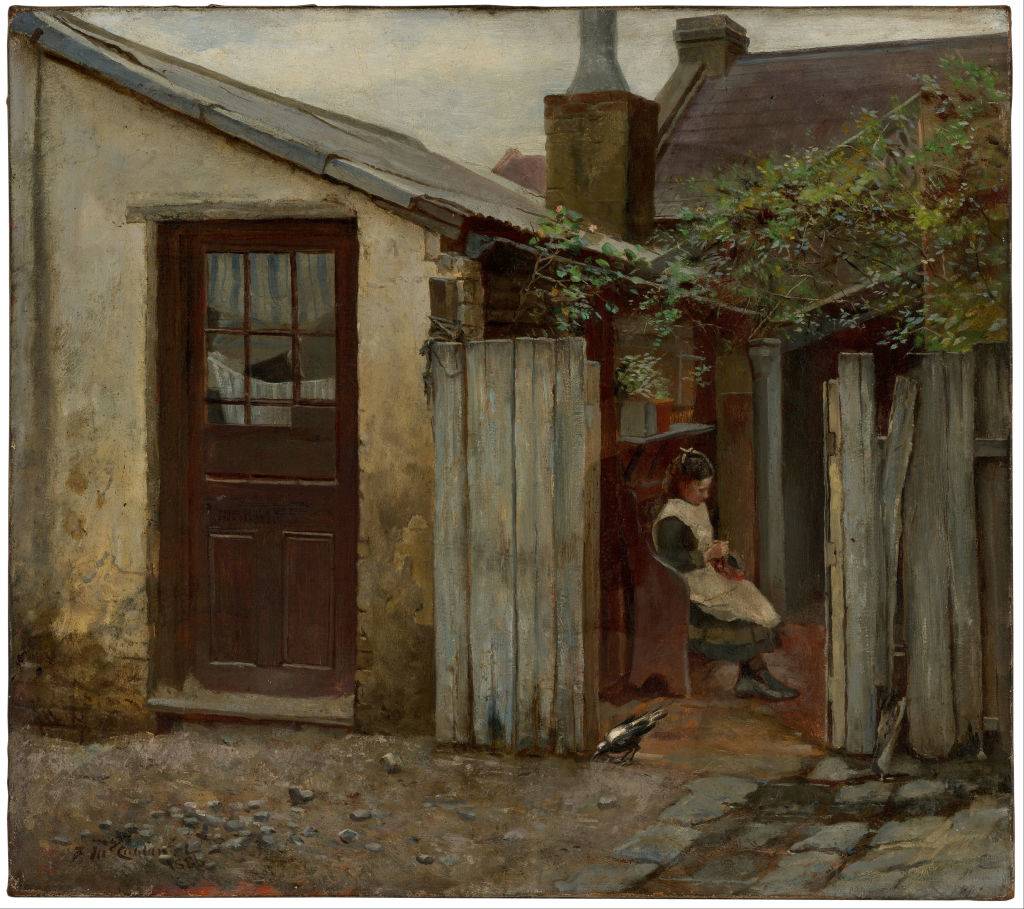
It was a very rare occurrence that Varcoe-Cocks caught McCubbin’s pentimenti with just a flashlight. Experts usually only find it through infrared reflectography.
This process shines a lot more light on the painting, so people can see what is behind it. There were some other paintings where McCubbin used pentimenti.
Pentimenti Was Used On The Letter
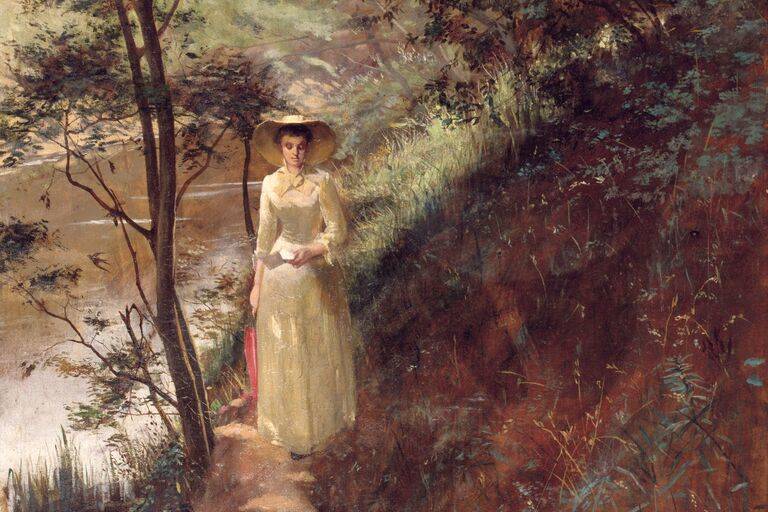
An art scientist named Raye Collins realized that pentimenti was used in another one of McCubbin’s paintings called The Letter.
The painting shows a lady in Victorian clothing walking by a river while looking at a note. As Collins X-rayed The Letter, she knew for certain that there was another painting underneath.
What Was Beneath The Letter
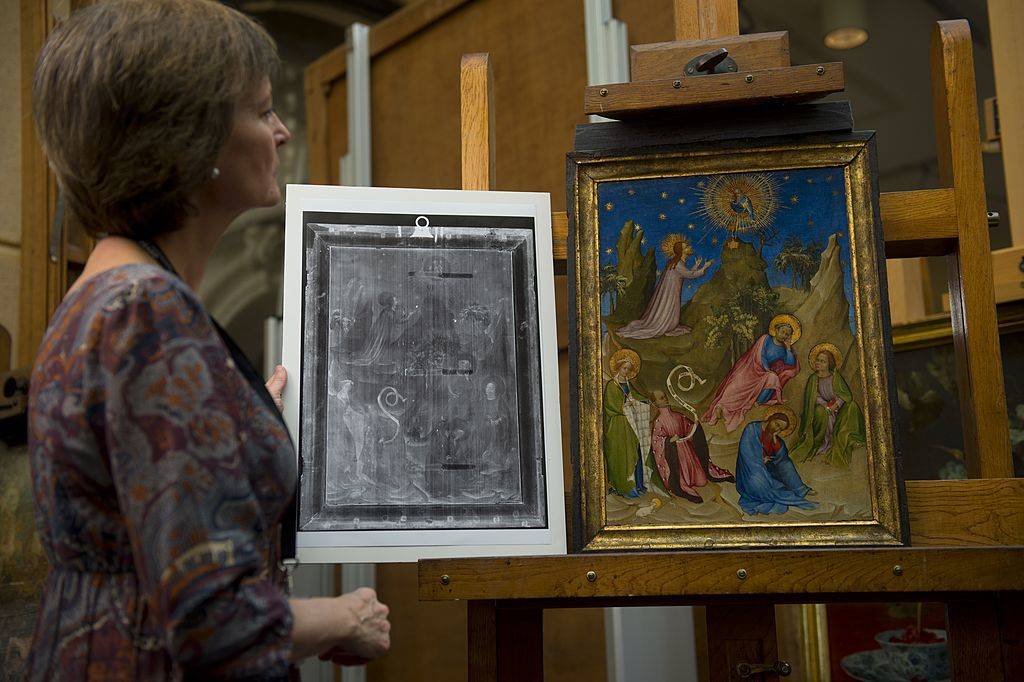
As Collins looked closer, she realized that the painting underneath The Letter was something McCubbin created during his time in art school.
“We were very surprised to find this still [painting] underneath. It’s very significant; it helps us build this whole story about the painting, and the painting also tells us a lot about the National Gallery School,” said Collins, via TheCourier.
More Pentimenti In McCubbin’s Work
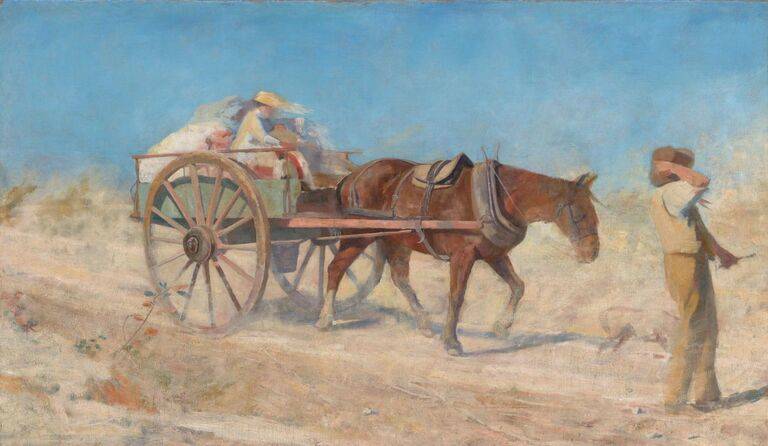
The Australian Synchrotron, a machine that produces extremely bright light, was used to find more pentimenti in McCubbin’s work.
It was shone on a painting called The North Wind that was completed in 1888. The landscape is a bit different than most of his paintings, which reflected the hardships of the settlers.
Going Back To The Pioneer
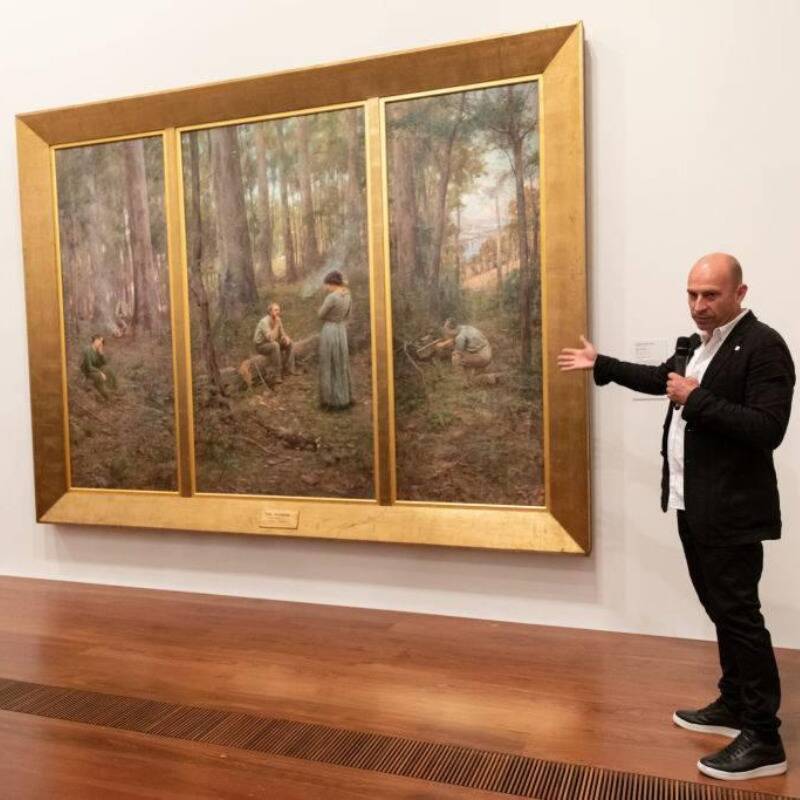
It wasn’t clear to Varcoe-Cocks if the pentimenti in The Pioneer would add more value to the painting; even though it’s already worth millions of dollars.
However, the pentimenti clearly adds more texture, depth, and dimension to the piece. Varcoe-Cocks believes it “culturally has many more layers to it now.”
Why McCubbin Painted Over Found
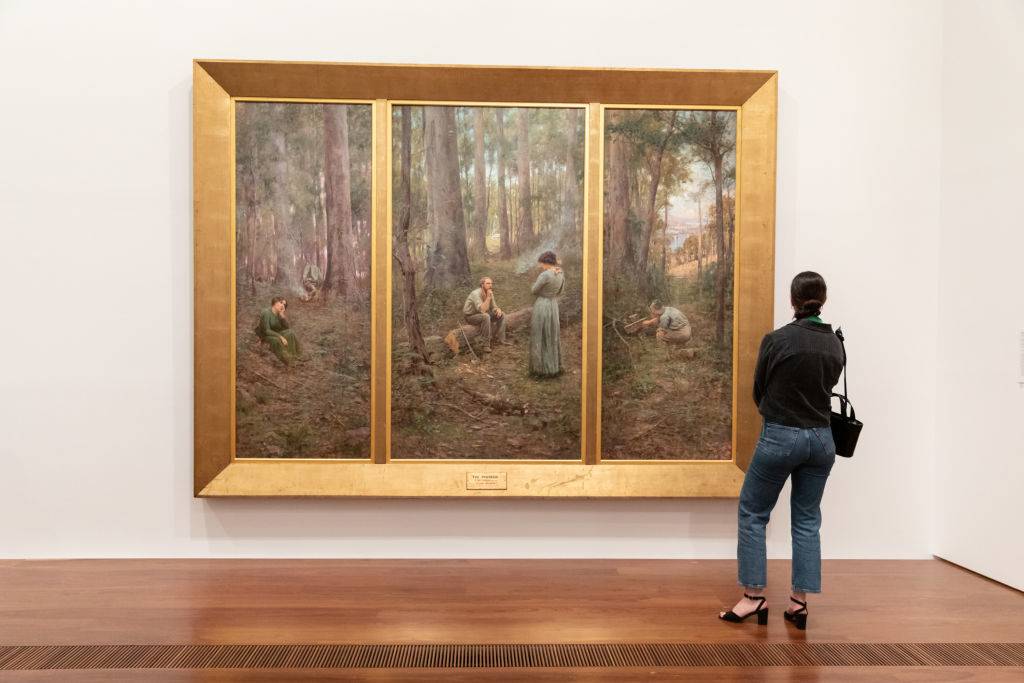
Found actually received some recognition when it was released in 1893. McCubbin showed it at the Victorian Artists’ Society Exhibition and many of the attendees praised him for his work.
Artists need to make money to survive and that was the one thing McCubbin needed. He had some offers, but none were near the price he wanted.
Canvases Were Almost Sacred
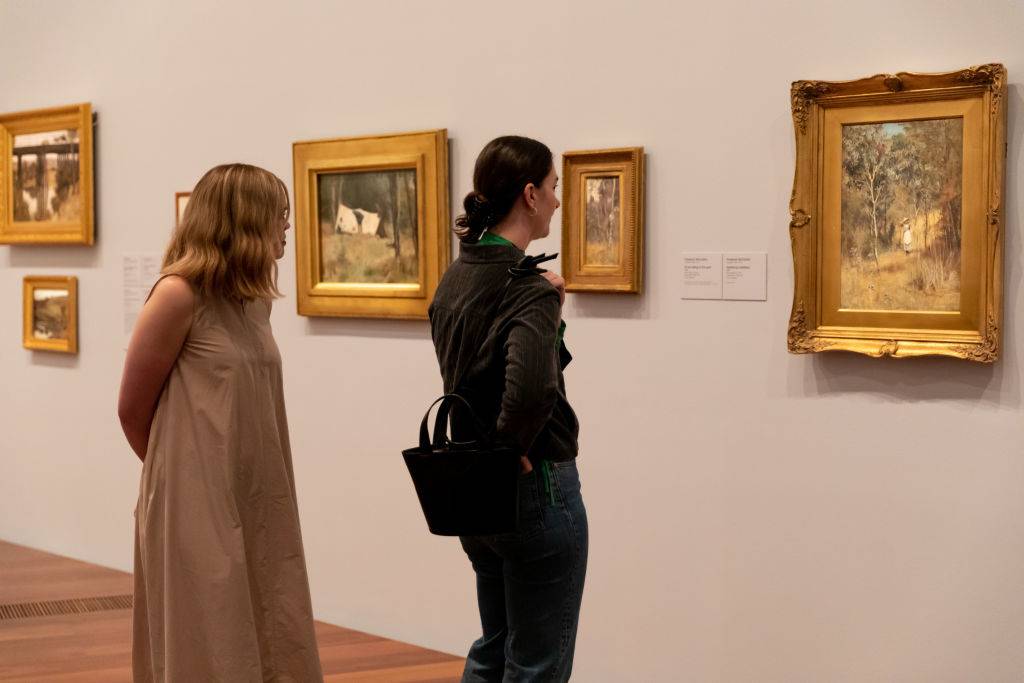
Since McCubbin didn’t receive a decent offer for Found, he decided he would save it to use as a canvas for The Pioneer. Instead of wasting the canvas, McCubbin put it to good use.
“It became one idea. It merged into this really major epic sort of work of The Pioneer,” said Varcoe-Cocks.
The Lost Painting Had Been Found
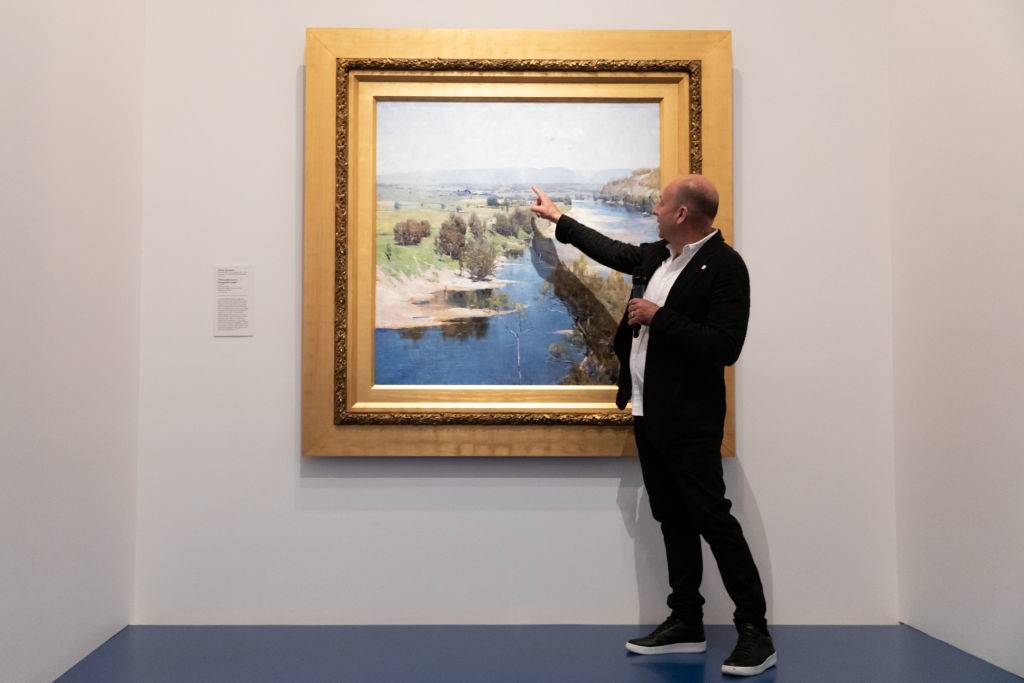
While Varoe-Cocks was ecstatic to find the remnants of Found in The Pioneer, he knew there was a lot more to the story.
“I started to realize the implications of what Found actually was. It was the origin of The Pioneer,” said Varcoe-Cocks. He now knows to take an extra careful look at any McCubbin painting he sees in the future.



